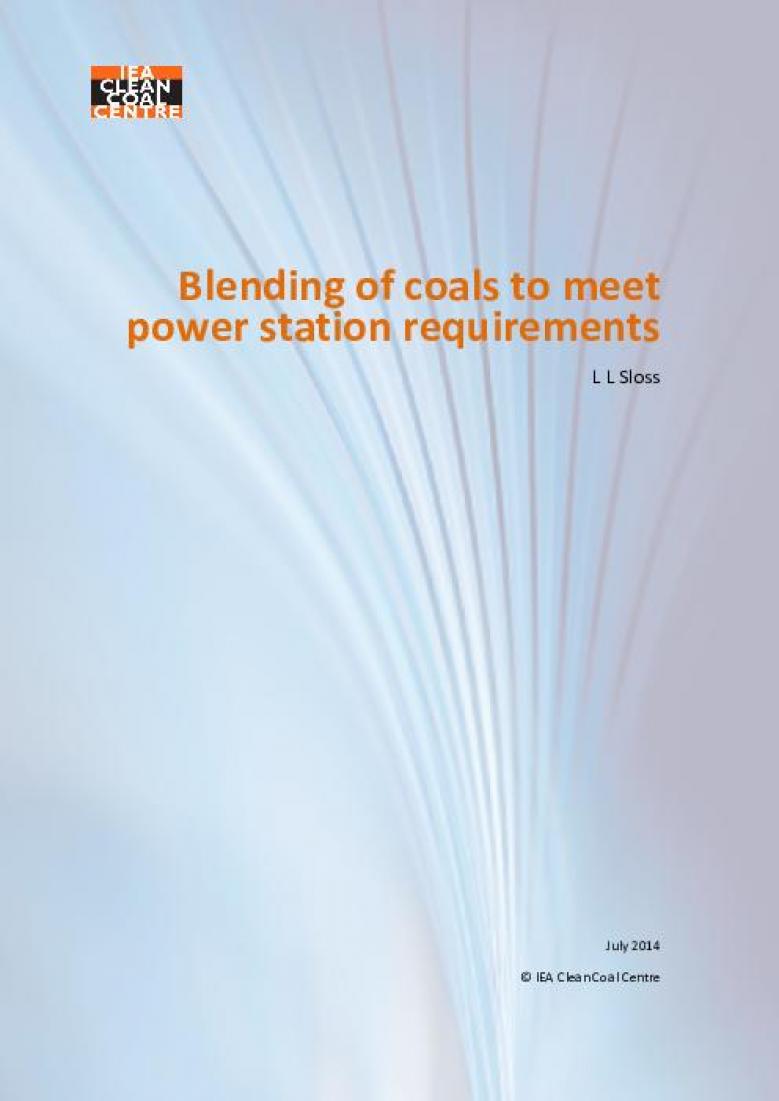Abstract
Blending of imported and domestic coal is becoming of increasing importance. Until recently, coal blending in power stations was mainly adopted to reduce the cost of generation and increase the use of indigenous or more readily available coal. Low-grade (high ash) coal can be mixed with higher grade (imported) coal without deterioration in thermal performance of the boiler, thus reducing the cost of generation. With coal markets changing, new reasons for coal blending are becoming apparent. As indigenous coals become less available, of lower quality or more expensive to mine in some regions, blending of imported coals becomes necessary. It can be challenging to ensure that the resulting blend will maintain plant output without damaging the boiler. For example, in regions such as India the increased use of imported coals in boilers which have been designed for very different coal characteristics could lead to significant plant issues.
It some cases coal blending is used as a form of pollution control, such as the combination of inexpensive high sulphur coals with more costly low sulphur coals to ensure compliance with sulphur emission limits. It is even possible to blend different coal types to maximise mercury reduction.
Many methods of coal blending are used. Coals can be blended at the coal mine, at the preparation plant, trans-shipment point, or at the power station. The method selected depends upon the site conditions, the level of blending required, the quantity to be stored and blended, the accuracy required, and the end use of the blended coal. Normally in large power stations handling very large quantities of coal, the stacking method with a fully mechanised system is followed.
This report discusses the different reasons and priorities for coal blending. It summarise the methods used in coal blending, from coal characterisation though to mixing and storage methods, including some case studies in challenging situations.
| Attachment | Size |
|---|---|
| 2.97 MB |


